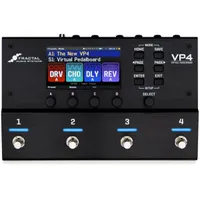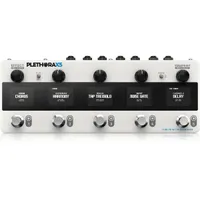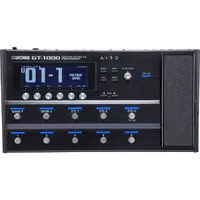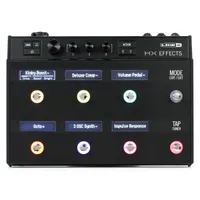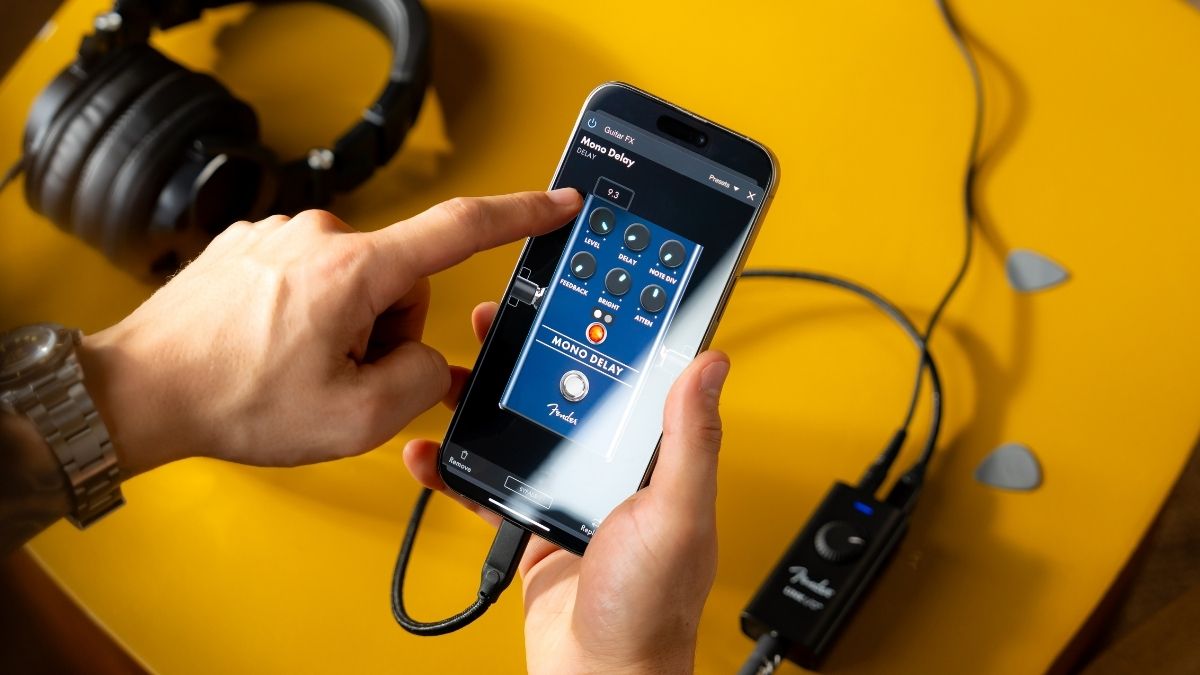Best multi-effects pedals 2025: replace your rig
Our pick of the best multi-fx pedals from Neural DSP, Kemper, Line 6, Boss, and more
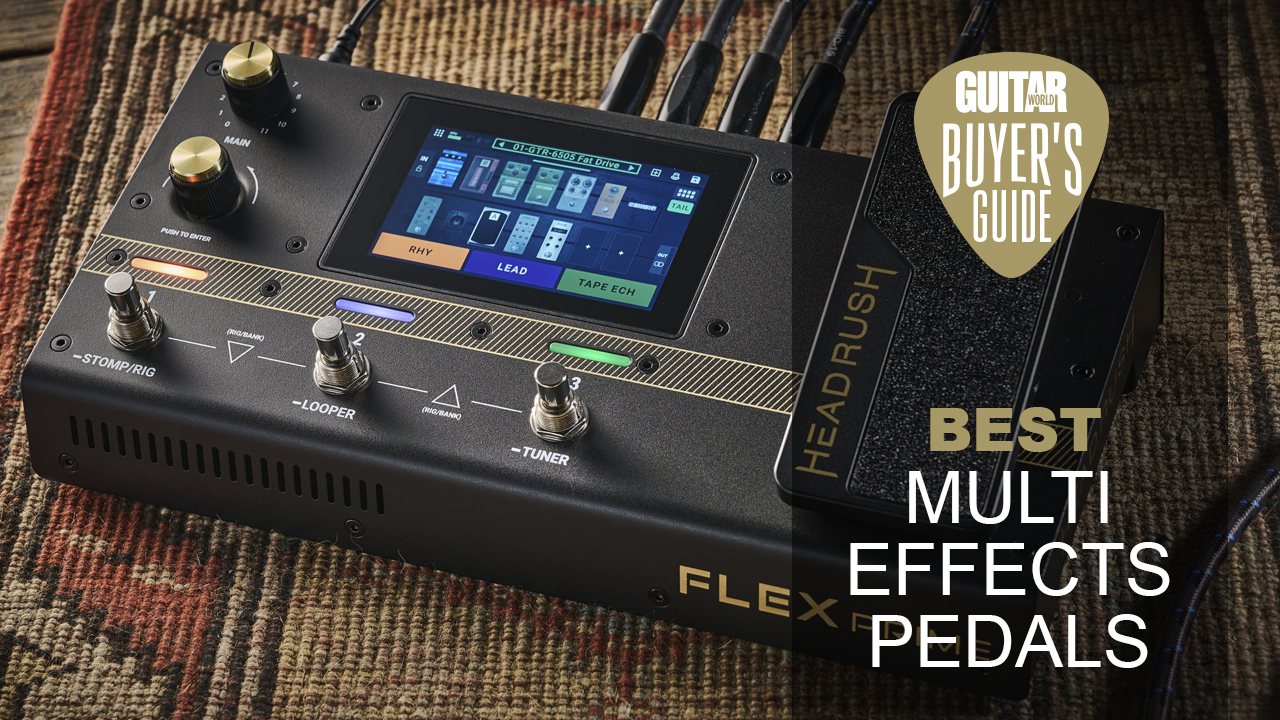
The moniker 'multi-effects pedal' is somewhat misleading in the modern age. Back in the day, multi-FX pedals just replaced your pedalboard, but nowadays the best multi-effects pedals will replace your backline entirely. Amp and cab models have firmly entered the fray, and their scary good accuracy proves that they're here to stay.
Buying a multi-effects pedal isn't a straightforward choice either, especially as you've got so many options to pick from. You can use a multi-effects pedal in a lot of ways, acting as your entire rig on the road and acting as a recording interface at home for example. Or you could integrate it with an existing guitar amp and pedalboard, picking out your favorite uses while mixing it with analog drive pedals.
To make your decision a little easier, we've sorted our favorite multi-effects pedals by use case. This should help you hone in on your ideal match quicker, ensuring you get the very best out of your brand-new rig, whether you're ditching the tube amp for a full digital rig, or you want to supplement your existing gear.
Our top picks
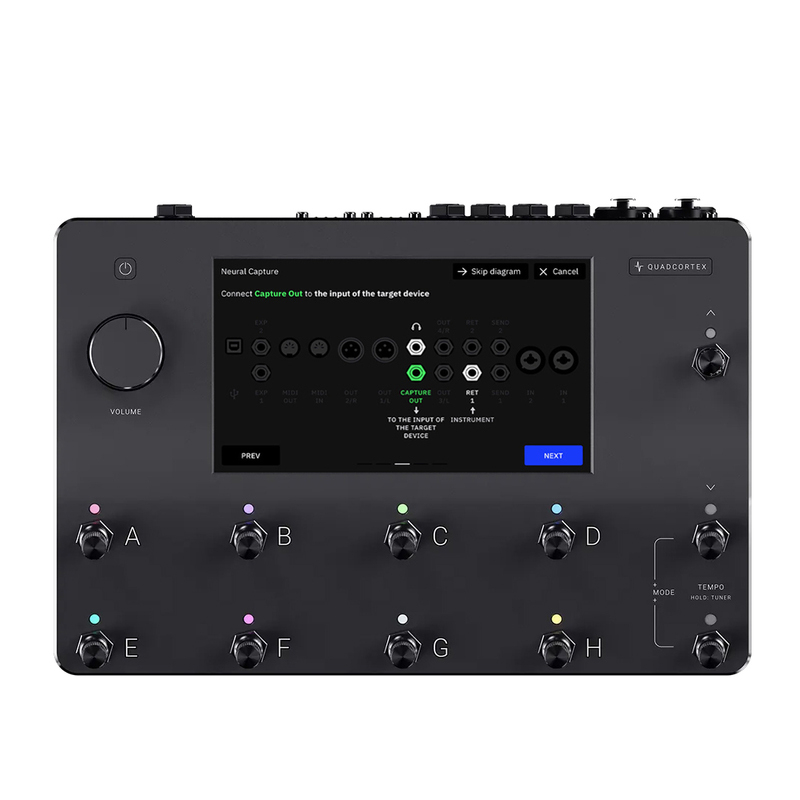
The Neural DSP Quad Cortex has become synonymous with amp modeling and once you've used one, it's easy to see why. Intuitive, powerful, and above all phenomenal sounding, it's a true powerhouse of modern guitar tone.
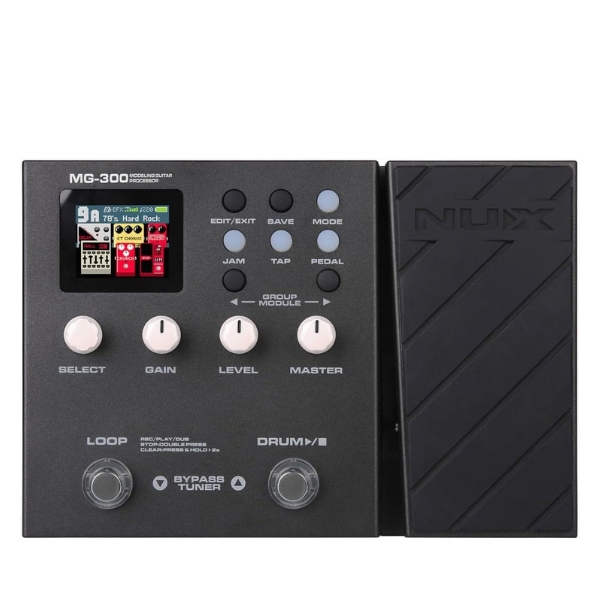
A multi-effects pedal is a great candidate for beginner guitar players, allowing them to try lots of different amp and effects models without spending loads. The NUX MG-300 delivers 25 amp and 50 effects models, plenty to get started with.
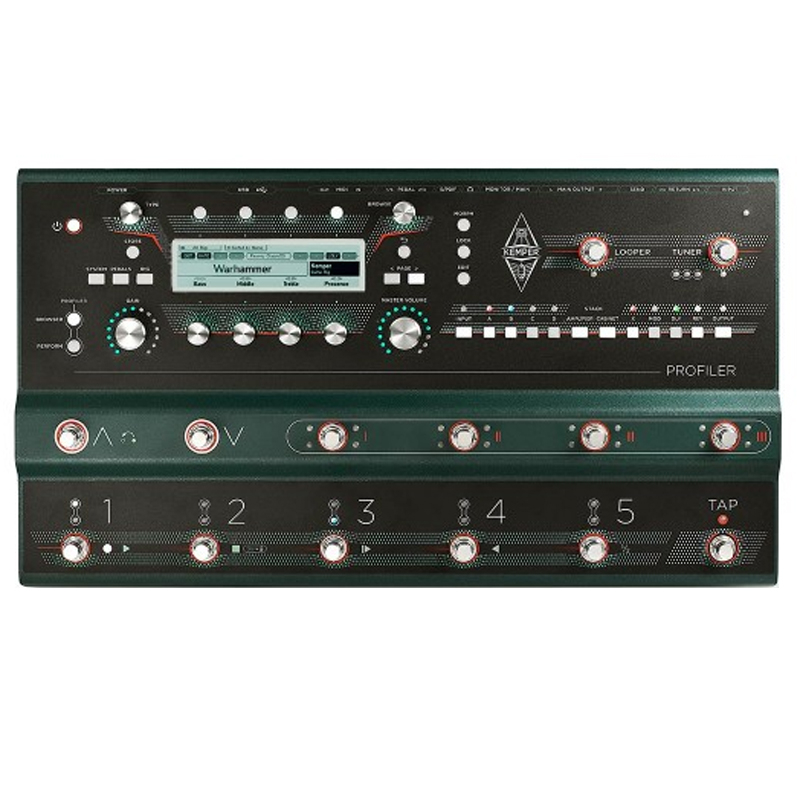
This robust and compact preamp combines the ever-popular Profiler Head and Remote foot controller into one neat package, giving you all the functionality of Kemper’s previous products in a smaller format.
Best overall
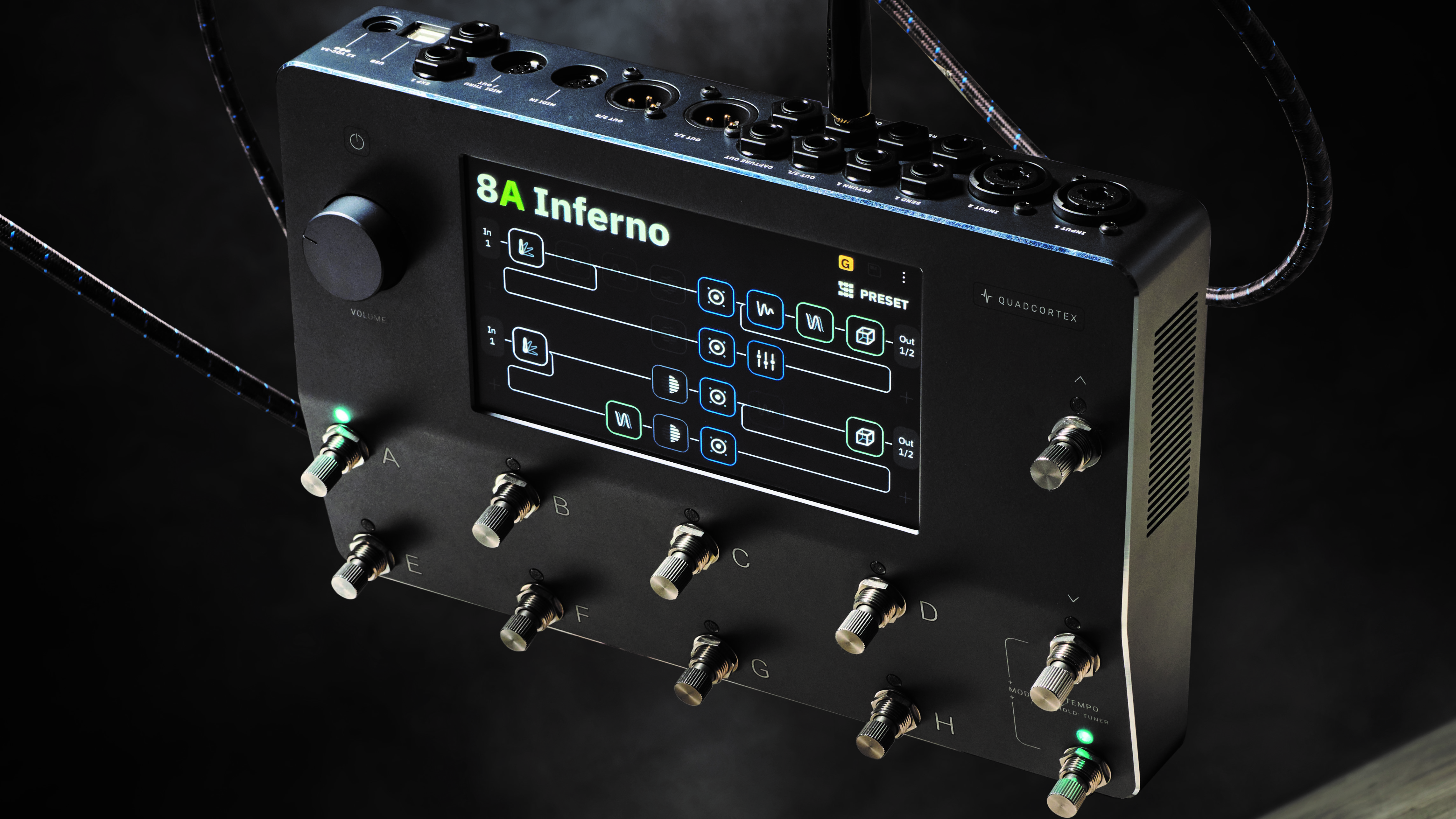
Specifications
Reasons to buy
Reasons to avoid
✅Buy if you are looking for the best overall: For our money, the QuadCortex is the best multi-effects pedal on the market right now thanks to its superb amp models and excellent usability.
❌ Avoid if you need a looper: Unfortunately, the QuadCortex doesn't have a looper built in, so you'll need to look elsewhere if a looper is part of your regular rig.
Part of the attraction to multi-effects units is the sheer potential for experimentation. All those glorious sounds, just waiting to be tweaked and changed. But how much tweakability would be considered too much? Have we reached peak tweak? Not if you ask Neural DSP, whose Quad Cortex is, it claims, the most powerful floor modeler on the planet. A big claim, sure, but it’s easy to see why.
What you’ve got, essentially, is a floor-based supercomputer where every calculation, every process, every action, and every interaction is designed purely to achieve the most advanced levels of tonal control and sonic fidelity there has ever been. You can stack amps, effect,s and anything else as far as your imagination will let you.
We’d find it nigh-on impossible to run through the full feature set here, so be sure to check out our full review which is coming soon, but if you’re serious about guitar, and have the cash to support your aims, then the Neural DSP Quad Cortex should be front and center of your shortlist.

"One of the biggest surprises when using the Quad Cortex for the first time is how intuitive the interface layout is. As soon as I’d plugged in, I was instantly surfing the huge number of presets, cycling through and adding various effects as if I'd been using it for years."
Read more: Neural DSP Quad Cortex review
Best budget
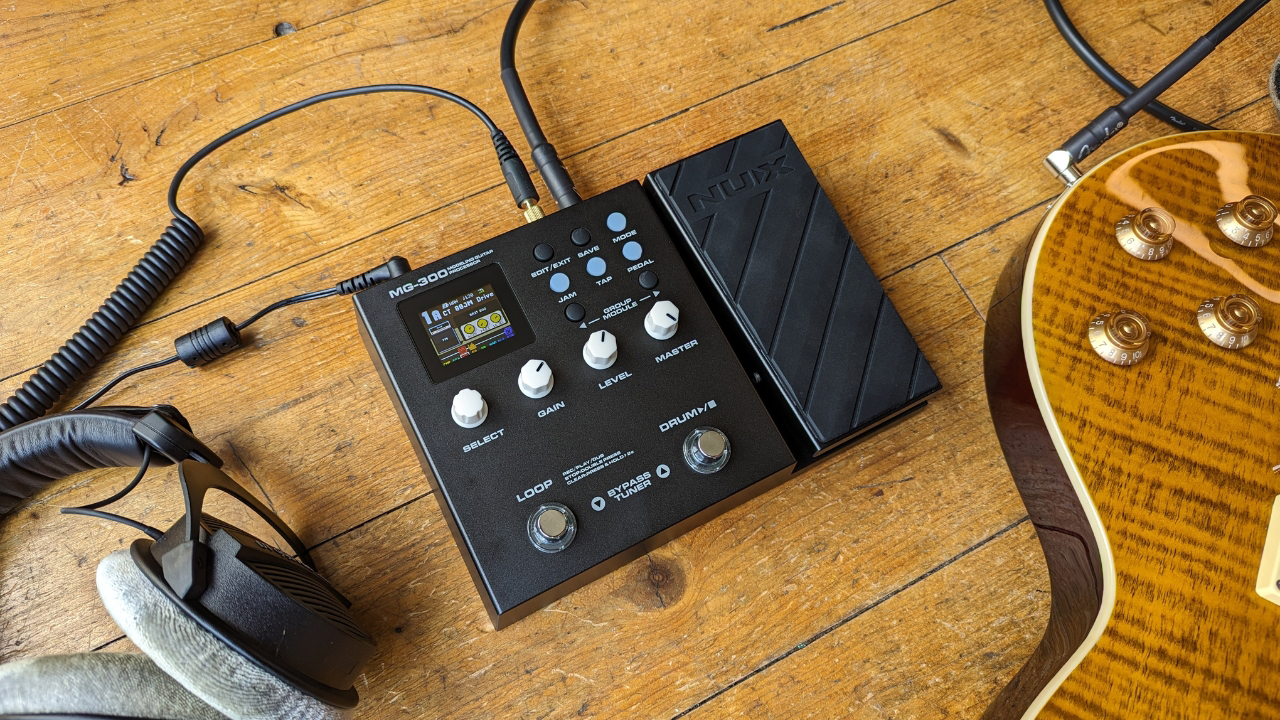
Specifications
Reasons to buy
Reasons to avoid
✅Buy if you are on a budget: The NUX MG-300 is an incredibly affordable way to get into multi-effects and the tones on offer are outstanding.
❌ Avoid if you are hard on your pedals: This pedal feels relatively well made, it definitely isn't as rugged as the options from Boss or line 6.
The NUX MG-300 delivers a brilliant feature set considering the price. Its simple user-friendly design with expression pedal, tactile controls, push-buttons, and a color screen is easy to navigate - you’ll barely need to crack open the manual. The MG-300 doesn’t overwhelm you with too many features either.
It packs only the necessary garden variety of desirable amp models and classic effects – all of which are fantastic in tone and feel – along with 25 built-in cabinet IRs that combine four classic microphones with three positions, while you can also load third-party IR files via NUX QuickTone edit software for added versatility.
This pedal’s audio modeling secret weapon is the TSAC-HD (True Simulation of Analog Circuit) algorithm, which delivers great-quality guitar tones that are surprisingly authentic given the price. Add in 56 built-in drum beats and a 60-second loop function, and the NUX MG-300 punches impressively above its weight for price, portability, and sound.

"I think the NUX MG-300 is a brilliant multi-effects pedal for the beginner guitarist. It’s packed full of great sounds and options, yet remains easy enough to navigate that newbie guitarists won’t struggle to get their heads around it. The looper is a powerful addition for practicing rhythm and lead playing, and although the connectivity is basic, it does exactly what most beginner guitarists will need."
Read more: NUX MG-300 review
Best amp models
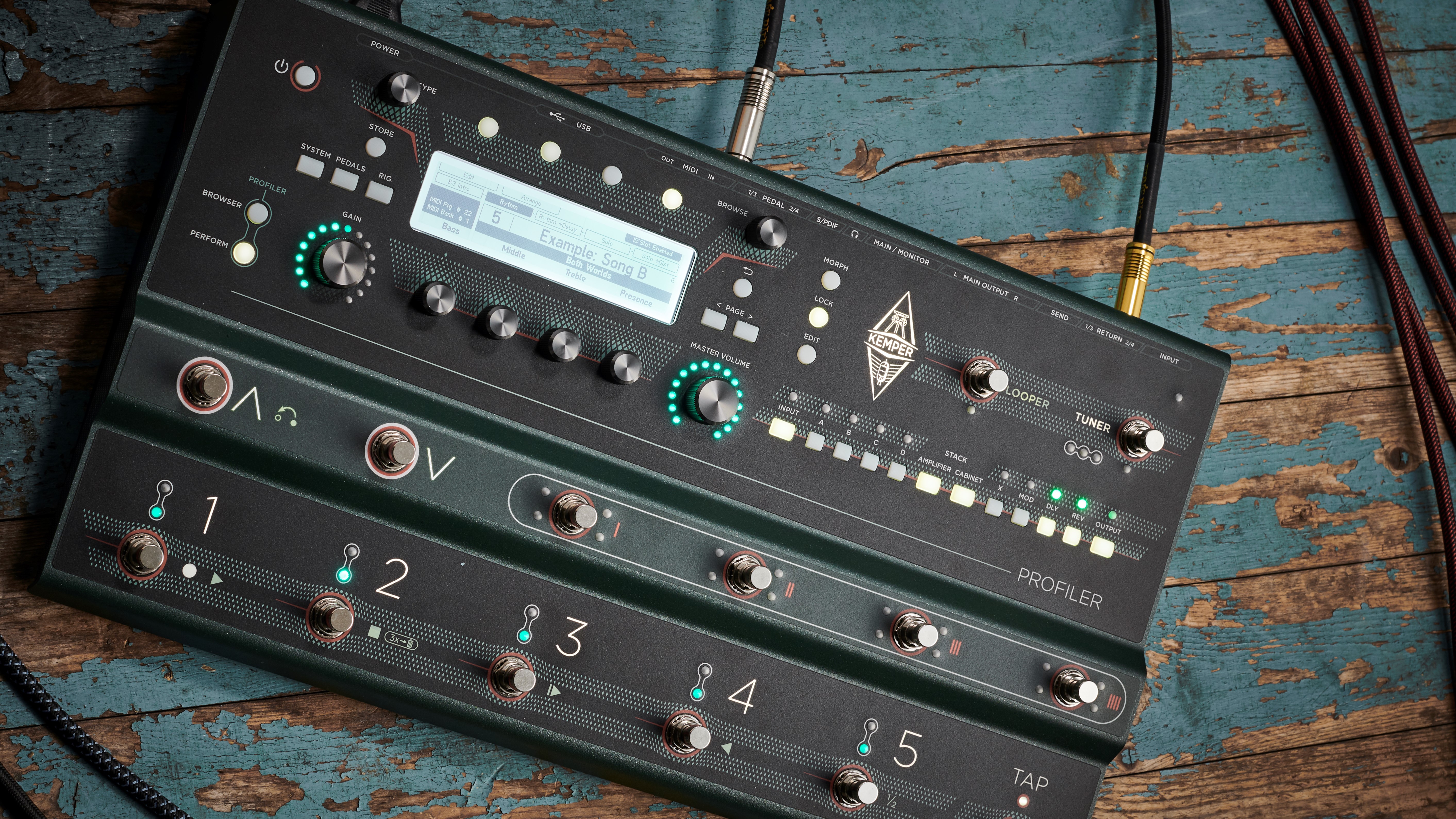
Specifications
Reasons to buy
Reasons to avoid
✅Buy if you want a full-digital live rig: With its ability to capture amp and effects models, a Kemper is the way to go if you want to take your regular rig into the digital realm.
❌ Avoid if you are new to multi-effects: This is a professional quality effects unit and it will be intimidating for newbies.
If the thought of lugging around an amp head and full pedalboard is filling you with dread, then maybe the Kemper Profiler Stage is the right choice for you.
This robust and compact preamp combines the ever-popular Profiler Head and Remote foot controller into one neat package, giving you all the functionality of Kemper’s previous products, but with the added benefit of freeing up some much needed space in the car!
We know this is a list of the “best multi-effects pedals” but the Kemper Profiler Stage is way more than that. At its heart, it’s an incredibly powerful amp modelers used by many guitar players to reproduce the sound of almost any amplifier imaginable.
The Profiler Stage organizes amps, effects and speaker cabinet simulations into Rigs, which are stored in 125 banks of five, resulting in endless tonal possibilities.

"Your imagination is the only limit to what you can create, and the vast editing scope makes the Kemper a tweaker’s paradise. Kemper’s Profiler Stage is the company’s most practical and accessible product yet, combining all the Profiler and Remote’s capabilities into a robust gig-ready package. Aimed at professionals and well-heeled amateurs, it’s an expensively big decision."
Read more: Kemper Profiler Stage review
Best effects
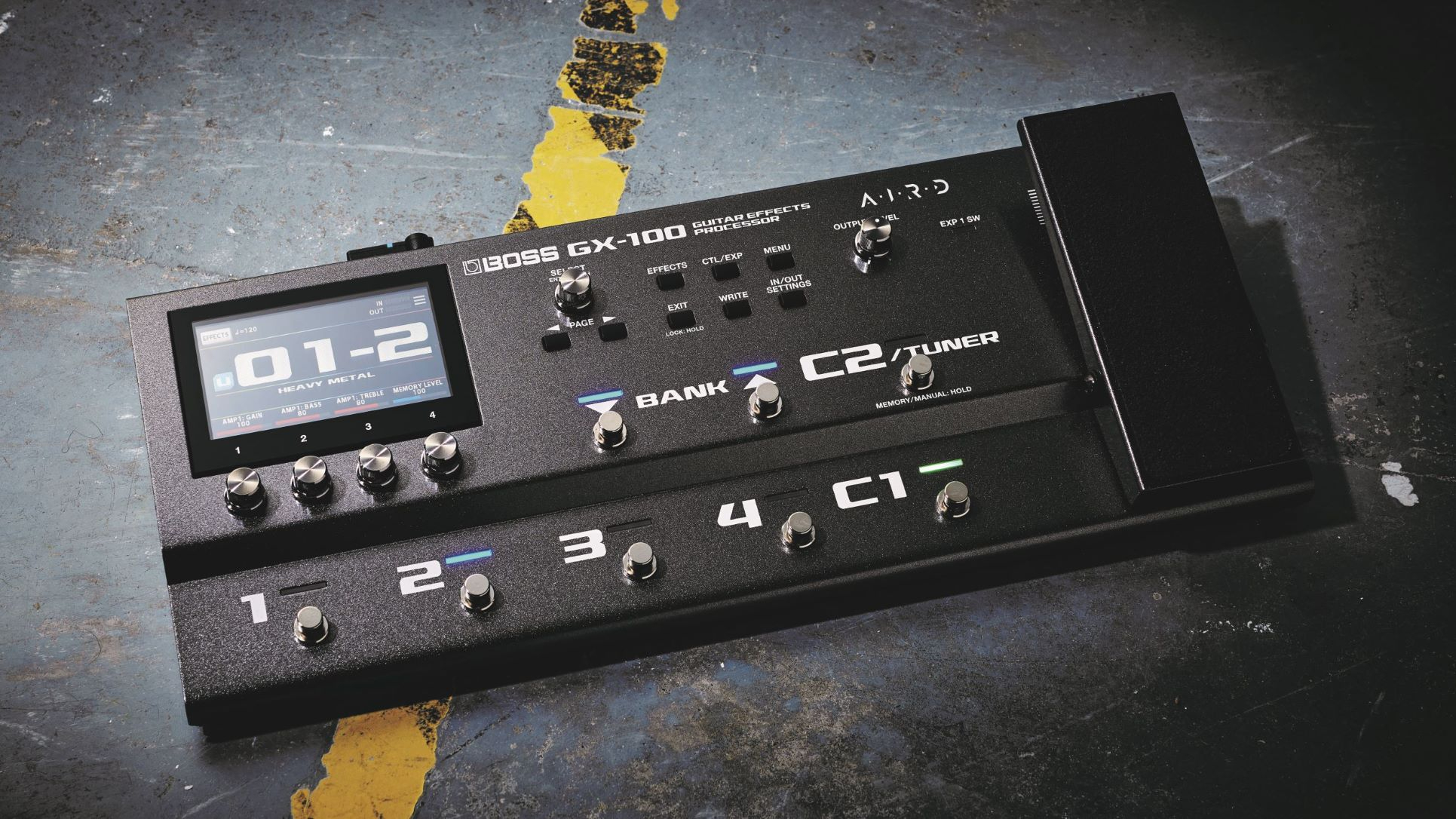
Specifications
Reasons to buy
Reasons to avoid
✅Buy if you are looking for effects: With 154 modeled stompboxes, the GX-100 is a brilliant choice for those who want loads of top-quality effects.
❌ Avoid if you are seeking lots of amp tones: The amp models are serviceable here, but others do amps a lot better so avoid if you only want amp modeling.
If you're into your pedals, then Boss will be a household name to you. Their compact stompboxes are infinitely popular – but their multi-effects units haven't quite been met with the same reception. As a result, the new GX-100 comes out the gate looking like it has a point to prove – and it sure does prove it.
The GX-100 is Boss' first pedal to include a touchscreen, and hopefully it won't be the last. Setting up patches and presets on the GX-100 is a significantly easier, more streamlined and more beginner-friendly process than on some of the other Boss pedals, and when it comes to editing parameters, it's equally as simple and intuitive. While we still referred to the manual on occasion, getting to grips with the GX-100 is a gratifying and simple process.
There's a few amp models in the GX-100 to cover most tonal bases, but where it shines for us is the vast amount of effects onboard. All 154 of them sound great before any tweaking, and they only get better as you tweak them and stack them up. When you consider the possibilities with the GX-100, either as a standalone modeling amp, a multi-effects unit going into a tube amp, or as a MIDI-switching blend of the two, this unit is exceptionally priced – and it's easy to use too.

"The GX-100’s real highlight is its effects – they sound great out of the box, and even as you tweak and combine them, you’ll struggle to make them sound bad. Side-by-side, the delay, reverb, and modulation patches are as good, if not better than those on the Boss 500-series units. When combined or stacked in a virtual chain, boosts and drives react in a very realistic way, and setting up parallel chains is a breeze."
Read more: Boss GX-100 review
Best compact
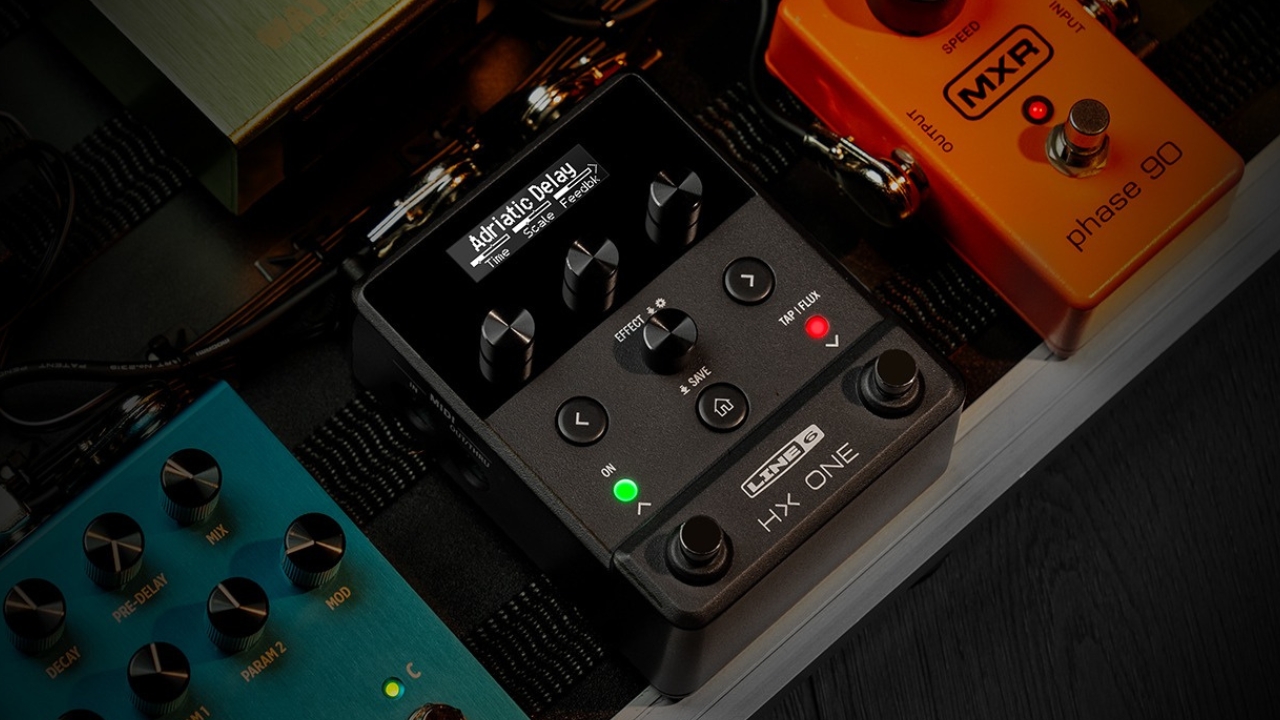
5. Line 6 HX One
Our expert review:
Specifications
Reasons to buy
Reasons to avoid
✅Buy if you have an existing pedalboard: Able to play multiple roles, the HX One is a great pedal that can cover off any of the more esoteric effects that aren't worth a single pedal.
❌ Avoid if you need amp modeling: The HX One is an effects only pedal, so it won't be able to fulfil the role of a guitar amp for you.
A one at a time effects modeler, the Line 6 HX One is a little different to the rest of the offerings on this list. It's got an amazing array of 250 top notch effects that can fill a gap in anyone's pedalboard, but offers no amp modeling.
If you're anything like us there might have been a point in time where you had a single stomp on your 'board for just one song. You can't do your set without it, and yet it's taking up space that could be used elsewhere. This is where the HX One comes in. Able to play a multitude of roles it can be that esoteric modulation effect you need, or just add another layer of overdrive to your gain section.
It's endlessly tweakable and with the ability to store 128 presets you aren't likely to run out of options any time soon. It does full stereo effects for those that use a stereo rig or want to record with it, and has full MIDI implementation for more complex setups.

"The sound quality of the HX One’s effect models is simply pristine. The distortions, overdrives and modulation effects sound rich, natural, and organic, while the studio processor models are every bit as good as the most acclaimed software emulations."
Read more: Line 6 HX One review
Best for features
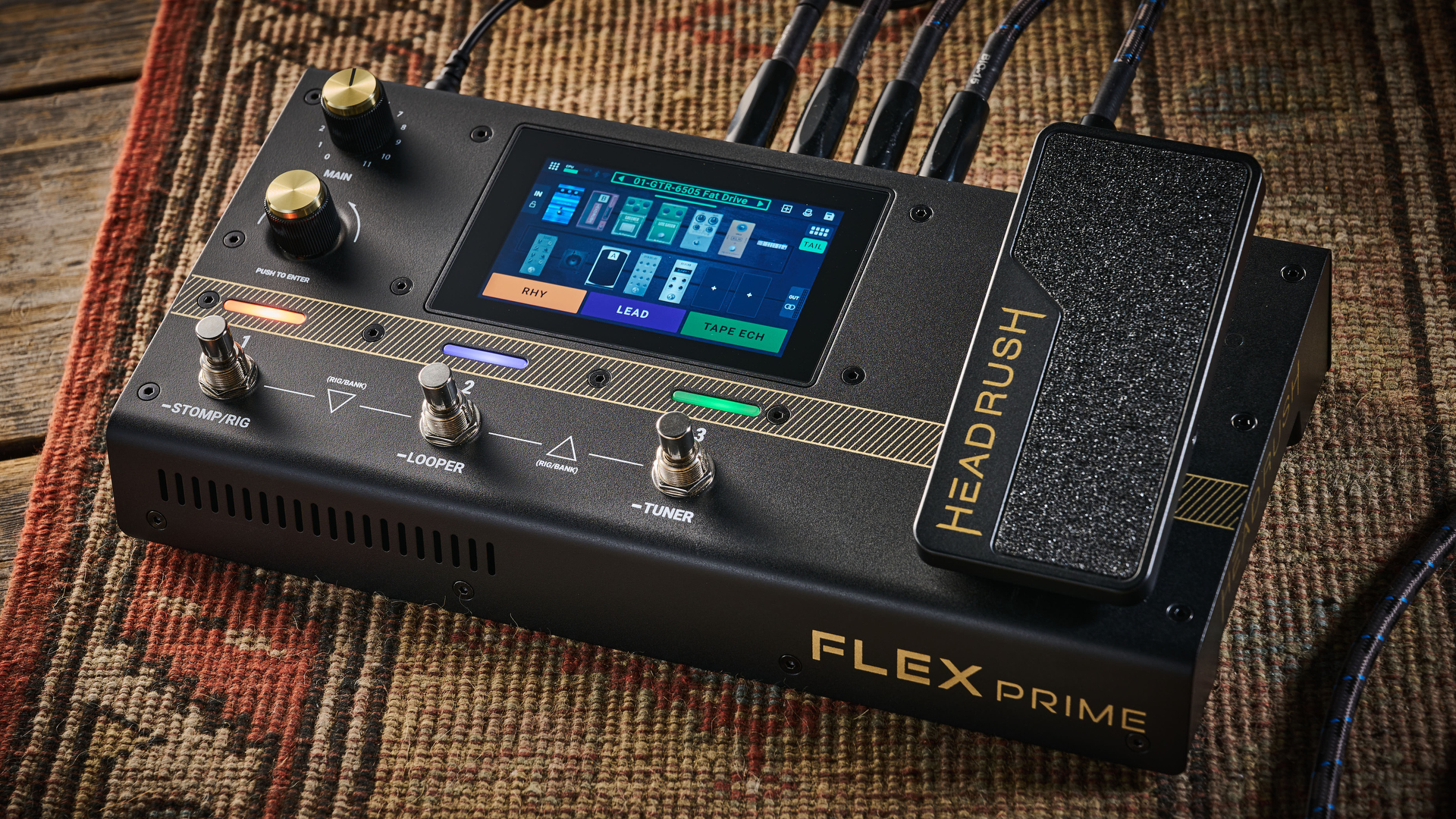
Specifications
Reasons to buy
Reasons to avoid
✅Buy if you are looking for lots of features: With loads of amps and effects, a looper, the ability to capture your own sounds, and a touch screen, the Flex Prime has the most features out of anything on this list.
❌ Avoid if you need more than three footswitches: Due to its compact size, this unit only has three footswitches - so if you need more you'll need to look elsewhere.
It might not be the first name on your lips when you think of multi-effects pedals, but HeadRush are doing some pretty amazing stuff with their units. The latest, the Headrush Flex Prime lets them really flex their muscles, offering one of the most fully featured multi-effects pedals we've ever tested.
There's a huge array of amp and effects models that will cover everything from tried and tested clean tones through to the craziest synth patches you can imagine. The amp models aren't perhaps as good as some of the more premium multi-effects pedals on this list, but they definitely compete with those from Boss and Line 6.
The built-in looper is a powerful addition, missing from many of the major competitors, and the touch screen makes it really easy to use, as well as absolutely gorgeous. Like the Quad Cortex and the Kemper, you can also profile your own amps and effects pedals, and the process is really quite simple to do so long as you have a microphone and the right cables.

"For me, the HeadRush Flex Prime absolutely competes for attention in the crowded multi-effects pedal market. It’s managed to collect all the best features of each of its competitors and place them into one pedal, giving you captures, amp modeling, a looper, plenty of DSP power, signal flexibility, plenty of connectivity, and an expression pedal into an easy-to-use, compact, and durable feeling unit."
Read more: HeadRush Flex Prime review
Spec comparison
Here you'll find a table to compare our top multi-effects pedal picks. This allows you to see each model side by side and determine which is best for your needs:
Model | Amps | Effects | Footswitches | Inputs | Outputs |
|---|---|---|---|---|---|
Neural DSP Quad Cortex | 50 | 70 | 11 | 2 | 4 |
NUX MG-300 | 25 | 50 | 2 | 1 | 1 |
Kemper Profiler Stage | 200+ | 400+ | 14 | 2 | 8 |
Boss GX-100 | 23 | 154 | 8 | 1 | 2 |
Line 6 HX One | N/A | 250 | 1 | 2 | 2 |
HeadRush Flex Prime | 97 | 109 | 3 | 1 | 2 |
Also consider
Fractal Audio VP4 Virtual Pedalboard
No amps | 300 effects
If you're after a compact multi-effects for a pedalboard and don't need any amp modeling, the Fractal Audio VP4 Virtual Pedalboard is a great shout. Well-built and easy to use, it's packed with a whopping 300 drives, reverbs, delays, and modulation effects, making it a great Swiss-army knife pedal that can fill those gaps you have on your 'board without taking up much space.
★★★★½
Read more: Fractal Audio VP4 Virtual Pedalboard
TC Electronic Plethora X5
No amps | 12 effects
With the Plethora X5, you can chain up to five TonePrint pedals together from a list including the Flashback, Hall of Fame, Corona, Vortex and many more. These can be placed in whichever order you prefer, although you can run into limitations with the DSP if you attempt to stack five reverbs or delays, for example. These configurations are then stored as ‘scenes’, ready to be recalled whenever required.
★★★★½
Read more: TC Electronic Plethora X5 review
Boss GT-1000
22 amps | 145 effects
With its recent 500 series of studio-grade pedals - the DD-500 delay, RV-500 reverb, and MD-500 modulation - the company brought its expertise to a new form factor and a higher-ticket area of the market. If you looked at the release of those pedals and thought "If I had a board of just those three, I'd be set," you'd be far from alone, and that's exactly what the GT-1000 delivers.
★★★★½
Read more: Boss GT-1000 review
Line 6 HX Effects
N/A amps | 104 effects
With no screen, the HX Effects relies on scribble strips and colored lights above the footswitches in order to indicate what's going on to the user and to edit patches. It sounds like that shouldn't be enough to compete with the larger units, but this stripped-back interface is elegant, and packs all of the effects of its larger brothers. This means that it has all the firepower to make it the best multi-effects pedal you can buy, particularly if you play live.
★★★★½
Read more: Line 6 HX Effects review
How to choose
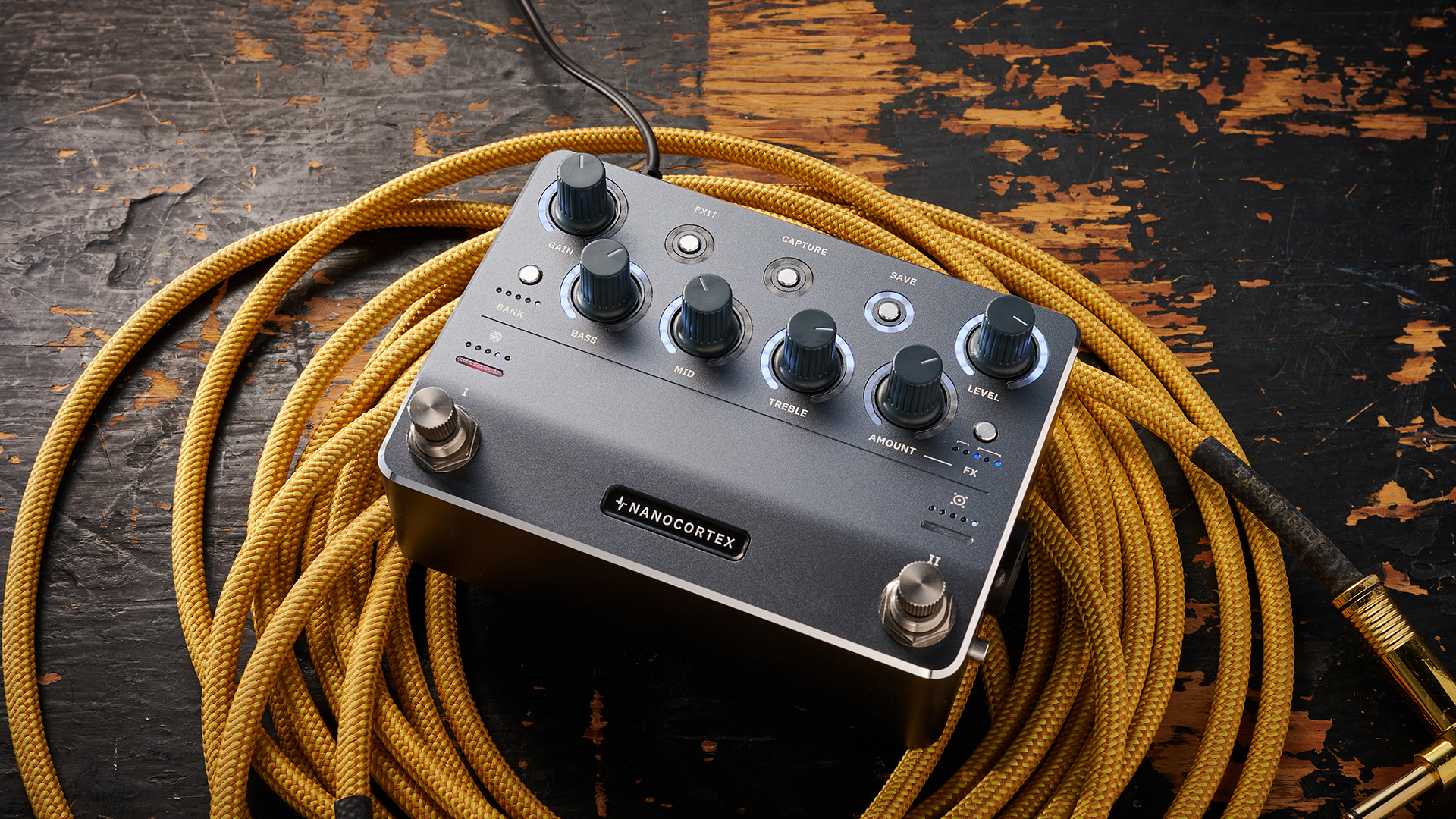
Choosing a multi-effects pedal can feel like stepping into a candy store for guitarists, with so many options to tantalize your taste buds. Whether you’re a seasoned shredder or a weekend warrior, a good multi-effects pedal can transform your sound and take your playing to a whole new level. So, where do you begin?
Well, first, think about what you need in a pedal. Are you a tone-chaser looking for the perfect overdrive or reverb to dial in your dream sound? Or are you the adventurous type, ready to experiment with everything from phasers to harmony effects? If you’re the latter, look for a pedal that offers a wide range of effects. Most multi-effects units provide classic staples like delay and chorus, but some also throw in wacky stuff like pitch shifters and looper functionalities. The key is to find a pedal that aligns with your sonic ambitions.
Next, consider the user interface. You want something that doesn't require a PhD in music technology to operate! Some pedals simplify the process with intuitive layouts and easy-to-read displays, while others throw in bells and whistles that might make you feel like you need a manual just to turn it on. If you’re more of a plug-and-play kind of player, a straightforward interface with clearly labeled knobs and dedicated switches is going to make your life much easier. On the other hand, if you enjoy diving deep into parameters and tweaking every little detail, then a more complex interface could be your playground.
One thing to keep in mind is the quality of the effects. Not all effects are created equal, and many budget-friendly options may have a few hit-or-miss presets. Pay attention to reviews and user feedback. Check out online demos or videos to hear how the pedal sounds in real-life scenarios.
Another factor to think about is the size and portability. If you’re a gigging musician, you probably don’t want to lug around a massive pedalboard. Some multi-effects pedals are compact and can easily fit into your gig bag, while others might feel more like a small suitcase. Think about how often you’ll be transporting your gear.
Connectivity is also a vital consideration. You’ll want to ensure the pedal has all the I/O options you need. Are you looking to connect to an amp, a computer, or perhaps even run it through an audio interface for recordings? Some pedals come loaded with extras like MIDI capability or USB connectivity, which can be incredibly useful if you want to integrate it into a DAW setup.
Finally, don’t forget about budget. There are fantastic options in every price range, so set a realistic budget before you start hunting. While it’s tempting to splurge on the latest and greatest, don’t overlook the hidden gems that offer excellent value for money.
Glossary of terms
- Digital Signal Processor (DSP): The chip inside the pedal that processes audio signals to produce effects, allowing for complex manipulations of sound.
- Display: A visual interface, often LCD or LED, that provides information on settings, effects selected, and signal levels.
- Effects Chain: The order in which effects are connected and processed within the pedal, which can be adjusted to create different sounds.
- Expression: A jack that allows the connection of an external expression pedal to control parameters of effects in real-time.
- Footswitch: A switch operated by a foot pedal that allows the user to turn effects on and off or change settings during performance.
- I/O (Input/Output): Connectors on the pedal for input from the guitar and output to amplifiers or other devices, typically including ¼” jacks and sometimes MIDI or USB connections.
- Looper: A feature that allows users to record and loop their playing, creating layered soundscapes and backing tracks.
- Pedalboard: A flat platform where pedals are mounted for easy access and organization during performances.
- Presets: Pre-programmed settings for different effects and configurations, allowing users to switch between sounds quickly.
- Routing: The flexibility to determine how signals flow through the effects chain, allowing for serial or parallel processing.
- Sample Rate: The number of samples of audio taken per second, affecting the quality of the digital audio processing in the pedal.
- Tap Tempo: A function that allows the user to set the tempo of effects like delay or modulation by tapping a footswitch in time with the desired speed.
- True Bypass: A feature that allows the signal to bypass the effect circuit when the pedal is turned off, preserving the original tone of the guitar.
FAQs
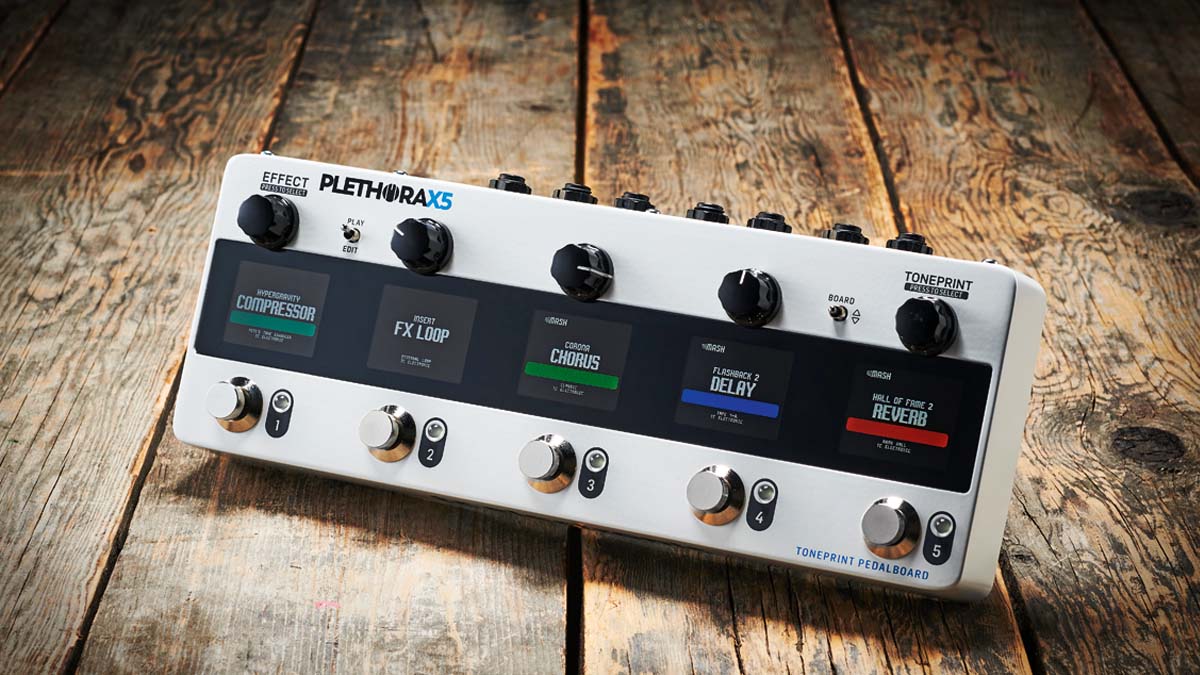
What is a multi-effects pedal?
Typically, a multi-effects pedal would be something that replaces your pedalboard, whereas something that replaces your entire rig is often referred to as a floor modeler. Confusingly you’ll find both of these terms are interchangeable too, so it’s definitely a wise move to research the feature sets of these multi-effects pedals and find out if they meet your needs.
Some of the units here are designed to replace your traditional pedalboard, featuring a variety of effects pedal recreations like overdrive, distortion, delay, modulation, and reverb. This allows you to quickly and easily set up at practice or on stage, whilst simultaneously narrowing down the chance of a mid-set failure from one of your patch cables or power supplies.
Why should I consider a multi-effects pedal?
For beginner guitar players, having one of these types of multi-effects pedals is also a great way to begin getting into the world of effects. They allow you to have your choice of the vast majority of sounds and experiment to find what you like. Every great guitar player has ‘their sound’ and with a multi-effects pedal, it gets you one step closer to discovering yours. For more advanced players, a multi-effects pedal might be a way to cram more effects onto a busy pedalboard, mixing it with some regular stomp boxes to create a hybrid pedalboard.
Now that technology has advanced, multi-effects pedals are able to emulate not just your pedalboard, but your amp and cabinet too. Some of the simulations available are uncanny and it gives you the option to slim down your entire rig to just your guitar and a backpack. For travel-weary guitar players who have been lugging around tube amplifiers for decades, this is a welcome development. Although it sounds like a complete floor modeler is a no-brainer, there are a couple of things to be wary of.
Should I buy a floor modeler?
With a modern floor modeler, you’re going to have a lot of choices. For someone who isn’t sure what they want from their sound, this can be a real positive. For others the abundance of choice means you end up spending too much time tweaking and not enough time actually playing. If you’ve got a good knowledge of effects and guitar amps then you’re probably going to find it a lot easier to get stuck into a complex floor modeler, but we definitely wouldn’t recommend them for a beginner guitar player.
With a floor modeler, you’re also going to need some way to monitor your sound, whether at home, at practice, or on stage. Even with a loud tube amplifier on stage, it can sometimes be difficult to battle your way through a muddy monitor mix, and playing without being able to hear yourself is a guitarist's worst nightmare. Thankfully there are some great full-range, flat response monitors (known as FRFR) purpose-built for exactly this kind of thing. The best FRFR speakers give you a completely neutral monitor mix that ensures you can always hear your painstakingly created guitar tone whether on stage or in rehearsal.
What connectivity do I need on my multi-effects pedal?
Lastly, you’ll need to look at connectivity. Many multi-effects pedals have a huge array of connection options, but it’s always wise to make certain to check that you have the connections you need to integrate into your existing rig. If you’re a regular home recorder, then USB Outs or Direct Outs are a must. If you’re practicing at home make sure there’s a headphone out. If you’ve got a complex stereo amp set-up or want to take advantage of an FX Loop be sure to find a picture of the back of the unit or the manual to ensure you can use your multi-effects pedal to its full potential.
How we test a multi-effects pedal
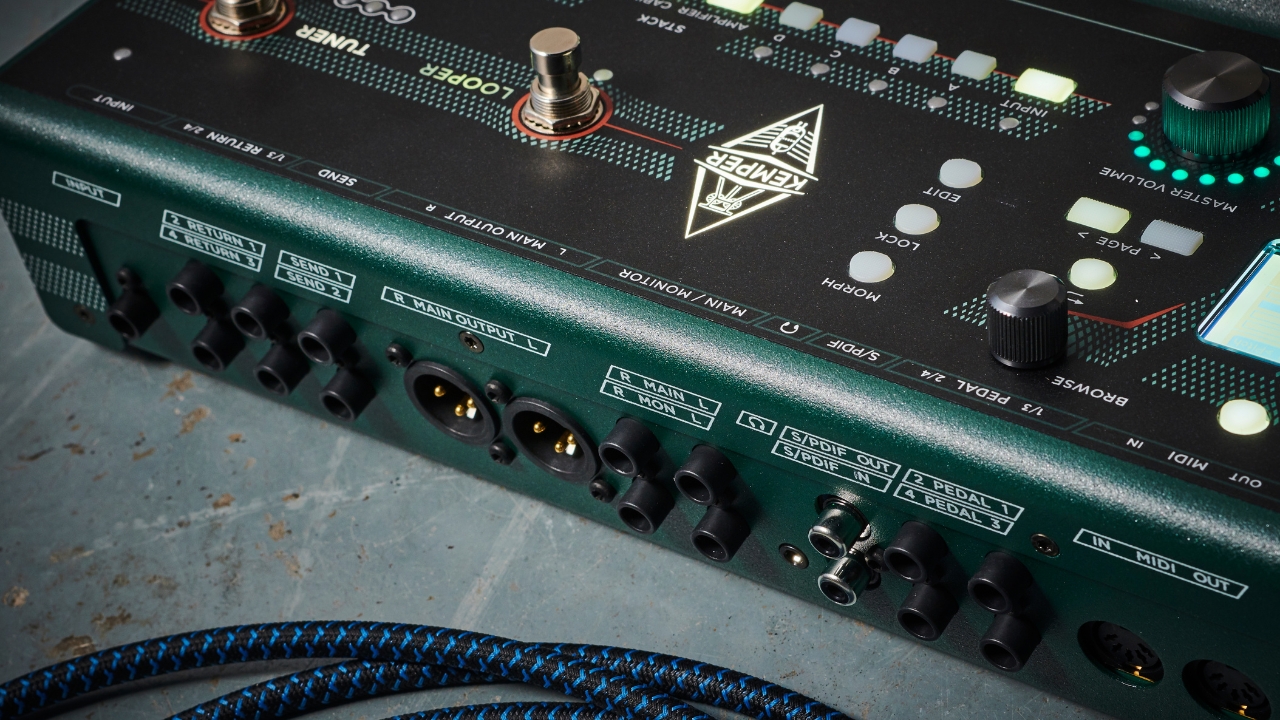
Testing a multi-effects pedal is a lot like testing a regular stompbox, just with a couple of extra steps. Just like a normal pedal, we'll first start with the enclosure, checking to see how well made the unit is and how robust it feels. These are units that you stand on, so they need to be sturdy and able to take a beating.
Next, we'll then turn our attention to the footswitches and expression pedal. We are not only checking to make sure that these switches are reliable and smooth but also that they are easily accessible and well laid out. At the end of the day, multi-effects pedals are designed to make your life easier, so this is a crucial test.
Now, when it comes to testing these pedals sonically, we will, of course, start with the onboard presets, paying close attention to the sound they are trying to achieve and score them on how authentic they are. Next, we'll have a go at making our own sounds to see how well laid out the user interface is.
If the pedal includes any other features, such as an accompanying app, MIDI in/out, or FX loop, we'll go through them as well, ensuring we've tested every last feature onboard.
Read more about how how we test products and services and how we make our recommendations.
Why trust us?
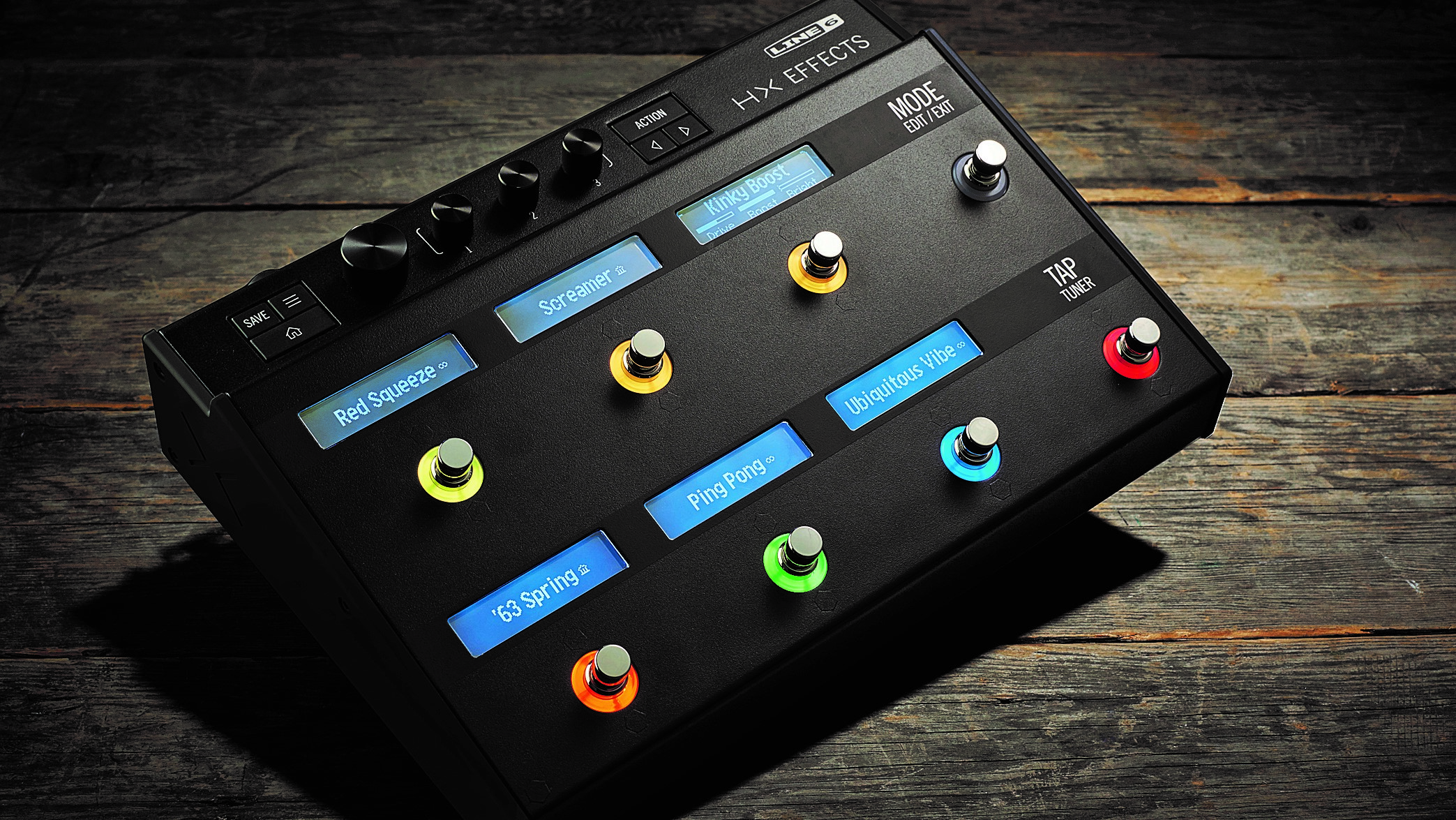
☑️ A global audience of 3.8 million guitarists monthly
☑️ 1,200+ reviews on GuitarWorld.com
☑️ 30+ years of product testing at Guitar World
Guitar World boasts over 44 years of expertise and stands as the ultimate authority on all things related to guitars. The magazine and website feature expertly written gear round-ups and top-quality, authoritative reviews penned by a team of highly experienced industry professionals.
Guitar World's inaugural print issue hit the shelves in July 1980, and ever since, it has been captivating players and enthusiasts with engaging lessons, insightful interviews with the most prominent guitar heroes, and priceless buying advice for newbie players.
Below, you'll find more information on the expert authors of this guide.

Alex Lynham is a gear obsessive who's been collecting and building modern and vintage equipment since he got his first Saturday job. Besides reviewing countless pedals for Total Guitar, he's written guides on how to build your first pedal, how to build a tube amp from a kit, and briefly went viral when he released a glitch delay pedal, the Atom Smasher.
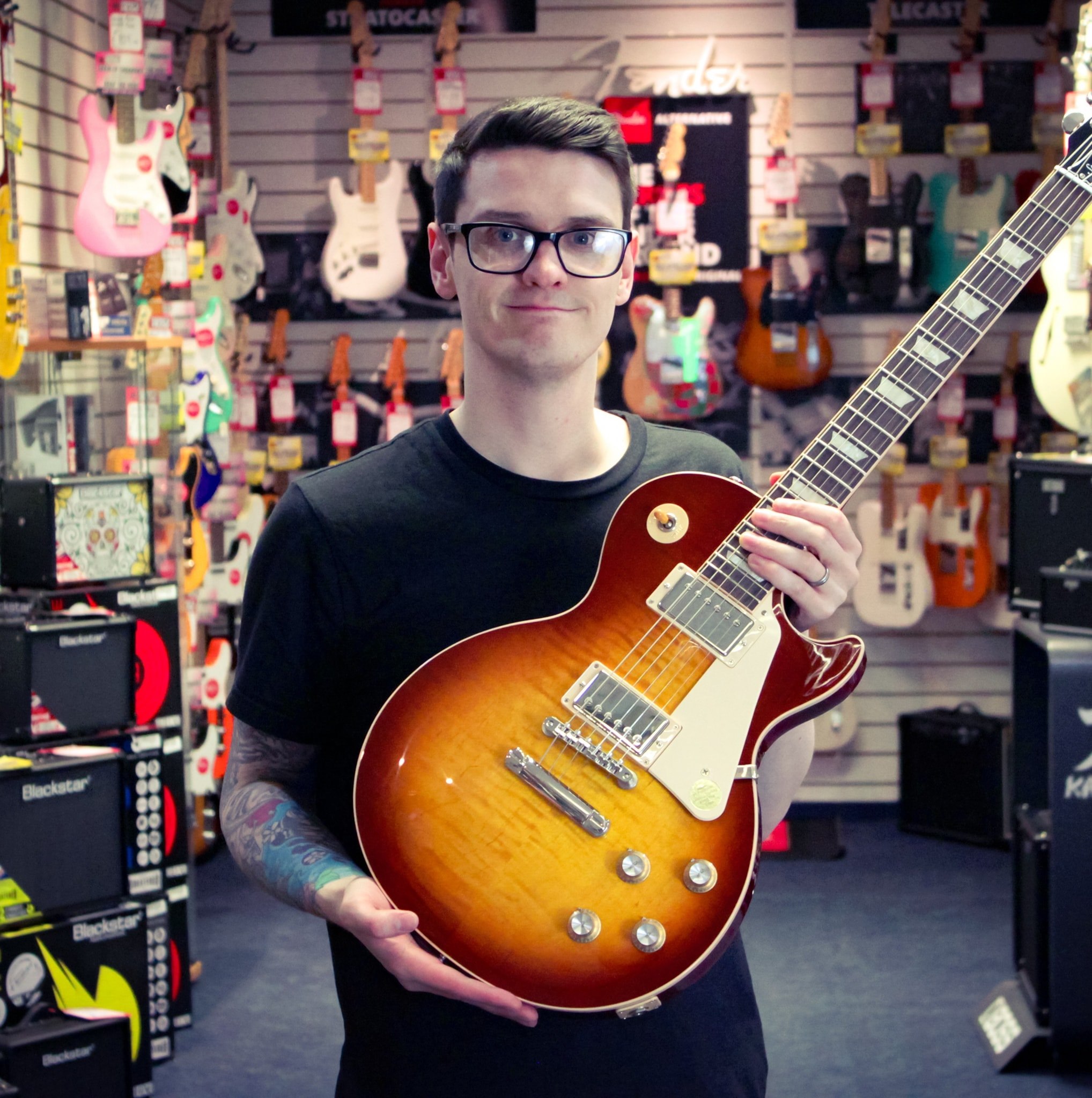
Daryl is a Senior Deals Writer at Guitar World, where he creates and maintains our 200+ buyer's guides, finds the best deals on guitar products, and tests the latest gear. His reviews have been featured in prominent publications like Total Guitar, Guitarist, Future Music magazine, and MusicRadar.com.
During his career, he has been lucky enough to talk to many of his musical heroes, having interviewed Slash and members of Sum 41, Foo Fighters, The Offspring, Feeder, Thrice, and more. In a past life, he worked in music retail. For a little under a decade, he advised everyone from absolute beginners to seasoned pros on the right gear for their needs.
Daryl's world doesn't just revolve around guitars either; he also has a passion for live sound. Daryl is a fully qualified sound engineer who holds a first-class Bachelor's degree in Creative Sound Production from the University of Abertay and has plenty of experience working in various venues around Scotland.

Matt is a Junior Deals Writer here at Guitar World. He regularly tests and reviews music gear with a focus on guitars, amps, pedals, modelers, and pretty much anything else guitar-related. Responsible for over 60 buying guides, a large part of his role is helping guitarists find the best deals on gear. Matt worked in music retail for 5 years at Dawsons Music and Northwest Guitars and has written for various music sites including MusicRadar, Guitar Player, Guitar.com, Ultimate Guitar, and Thomann’s t.blog.
A regularly gigging guitarist with over 20 years of experience playing live and writing and recording in bands, he's performed everything from jazz to djent, gigging all over the UK in more dingy venues than you can shake a drop-tuned guitar at.
Related Buyer's guides
You can trust Guitar World
- Take your lead lines to a whole new level with the best pitch shifter pedals
- Get creative with our pick of the best looper pedals
- Best flanger pedals from Strymon, Boss, TC Electronic and more
- Try the best chorus pedals for guitarists
- Want more ‘verb? These are the best reverb pedals right now
- Find the best pedalboard power supplies here
All the latest guitar news, interviews, lessons, reviews, deals and more, direct to your inbox!
Alex Lynham is a gear obsessive who's been collecting and building modern and vintage equipment since he got his first Saturday job. Besides reviewing countless pedals for Total Guitar, he's written guides on how to build your first pedal, how to build a tube amp from a kit, and briefly went viral when he released a glitch delay pedal, the Atom Smasher.
- Matt McCrackenJunior Deals Writer
- Daryl RobertsonSenior Deals Writer
